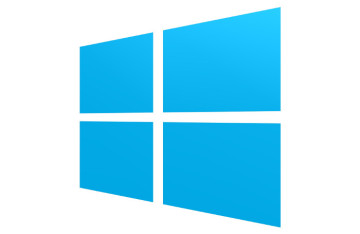The reason it does that, is allegedly to speed up the booting process for the next time you’ll power on your computer. a nice idea per se, wouldn’t you say? Only, a problem arises when you’re a dual or multi booter, and the next time you power on your computer, you actually boot straight into your Linux OS.
Why is that a problem?
Since Linux natively allows you to browse your Win partition through its diverse file managers, most of us are making daily use of our Win partition and require it to be mounted when using our Linux OS. The thing is, in order to protect your system from file corruption, Linux will deny you the possibility to mount a hibernated NTFS partition. (unless it’s in “read only” mode)
The following error message would usually accompany the mounting prevention:
Error mounting /dev/sda2 at /run/media/<UserName>/E670144D70142739: Command-line `mount -t "ntfs-3g" -o "uhelper=udisks2,nodev,nosuid" "/dev/sda2" "/run/media/liron/E670144D70142739"' exited with non-zero exit status 14: Windows is hibernated, refused to mount.
Failed to mount '/dev/sda2': Operation not permitted
The NTFS partition is in an unsafe state. Please resume and shutdown
Windows fully (no hibernation or fast restarting), or mount the volume
read-only with the 'ro' mount option.
How to deal with the situation
There are 2 ways to sort it out:
Method #1
Boot into your Windows OS and restart it prior to going into your Linux OS. This solution would be the easiest and most comfortable for you, in case you only use your Windows sparingly, and rarely boot into it. If that is not your case, then method #2 is recommended.
Method #2
Disable the default hibernation mode by using CMD program as administrator – Boot into Windows and type “cmd” in the search field on the built-in Windows search app >> launch the app and type: powercfg -h off >> press enter and your done.
* If you’re interested to know more ways to disable / enable hibernation on Windows 7 / 8 / 8.1, check out this link.








